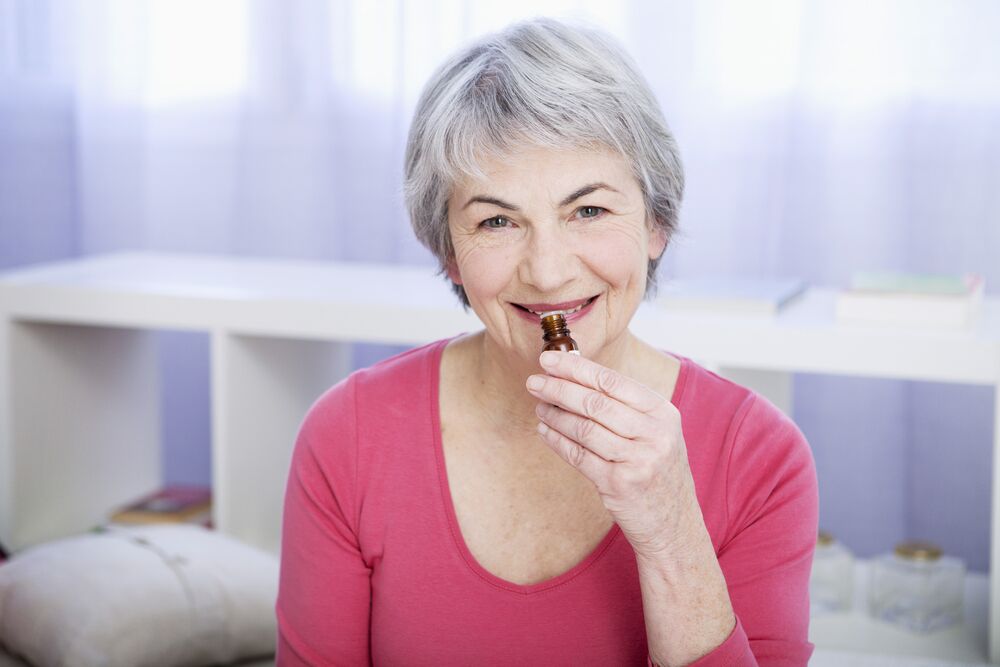
Aromatherapy – noun aro·ma·ther·a·py
The art and science of utilizing naturally extracted aromatic essences from plants to balance, harmonize, and promote wellness both physically and psychologically.
“Aroma” refers to the aromatic substances that give essential oils their unique smell. “Therapy” refers to the fact that essential oils have been used for healing for centuries.
Aromatherapy falls under the category of Complementary Alternative Medicine (CAM). It’s purposes it to enhance what we do for our health, but never to replace medical care when necessary. It can truly add great benefits to other Alternative Medicine or wellness treatments we choose, but again, it is not to replace medical care of any kind, only to enhance wellness.
A little History
Dating back to 6,000 years, the ancient Egyptians were the first to master scents and aromatics. They passed their knowledge to the Greeks and Romans as they were famous for their fine perfumes. The Chinese, Indians, Greeks, and Romans used therapeutic oils in to make perfumes, body care treatments and also used them medicinally. Aromatic oils were also commonly used for spiritual, therapeutic, hygienic, and ritualistic purposes.
Hippocrates said: “The way to health is to have an aromatic bath and scented massage every day.”
In Biblical times, the book of Esther 2:12 mentions “Each young woman had her turn to go in to King A·has·u·e′rus after completing the 12-month treatment that was prescribed for the women, for this was the way they had to fulfill their beauty treatment—six months with oil of myrrh+ and six months with balsam oil+ and various ointments for beauty treatment.”
Much later, the first appearance of the word “Aromatherapie” was when French perfumer and chemist, Rene- Maurice Gattefosse, published his first book in 1937 “Aromathérapie: Les Hormones Végétales” by René-Maurice Gattefossé. In 1910, Gattefossé burned one of his hands very badly in a laboratory explosion. The hand developed a serious infection known as gas gangrene, which he intentionally, and successfully, treated with lavender oil. This incident helped stimulate Gattefossé’s interest in aromatherapy. In his book, he refers to “The numerous papers, theses and observations made on this subject (aromatherapy) by the large number of scientists interested since 1907, when our work on the subject commenced…” He began his journey by analyzing the chemical properties of essential oils and how they were used to treat burns, skin infections, and wounds in soldiers during World War I.
His book contains early clinical findings for utilizing essential oils for a range of physiological ailments. Gattefosse’s intention for using the word “Aromatherapie” meant that he clearly wanted to distinguish the medicinal application of essential oils from their perfumery applications.
Aromatherapy Today – Clinical or medical Aromatherapy began in France. In England, Holistic Aromatherapy was born from the touch or hands-on wellness approach and then spread throughout the world. Queen Elizabeth and Princess Diana were known to receive Aromatherapy treatments regularly.
Aromatherapy is now commonly used by massage therapists, nurses, physiotherapists, doctors, and other health care practitioners around the world.
Fragrance Oils are frowned upon by Holistic Aromatherapists. They are synthetic chemicals used commonly in perfumery but have nothing therapeutic about them. When we refer to Aromatherapy, we are referring to the natural plant essence called an Essential Oil.
How Aromatherapy Works – There is a lot of information on the complex science and chemistry of Aromatherapy. This is just a brief explanation. If you would like more in-depth information on the science, I encourage you to do your research as there are many great books about the Chemistry of Essential Oils.
The Brain
The Limbic System, AKA the emotional brain is responsible for emotional feelings, memories, motivational drives and learning. When we inhale an aroma, nerve impulses reach the limbic system and activate smell-related emotions and behaviors. Example: the smell of Orange Essential Oil might remind you of a warm summer afternoon and someone peeling an Orange on the porch. The smell of Spruce Essential Oil might remind you of your trip in the Mountains breathing the crisp, fresh air. For each of us it can vary but each essential oil has different chemical properties that affect us in various ways such as: relaxing, stimulating, pain relieving, warming, cooling, mental clarity, sedating, grounding, etc.
Physically
As we all know, the skin is the largest organ in the body. By applying Pure Essential Oils on the skin they absorb through our pores and into our blood stream and reach designated areas to do their job. Maybe you have sore muscles from a strenuous workout, or you are stressed and you need Essential Oils that help by easing Anxiety. These are just a few examples, and there are many more ways where we can incorporate Aromatherapy into our daily life.
Here are some examples on how you can use Essential Oils:
In the bath/shower
Massage oil
Body lotion
Exfoliating scrub
Aromatherapy Diffuser
Steam Inhalations
Cleaning the home
Pets
Room Deodorizer
In our next article we will discuss how you can use Essential Oils for best results with a quick and easy blending guide.
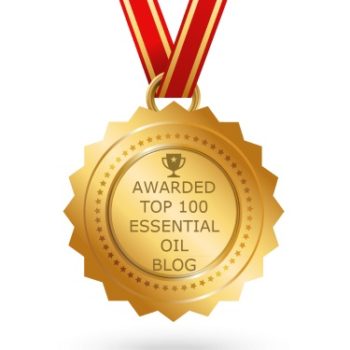
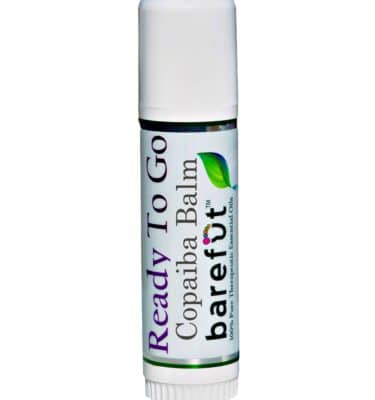
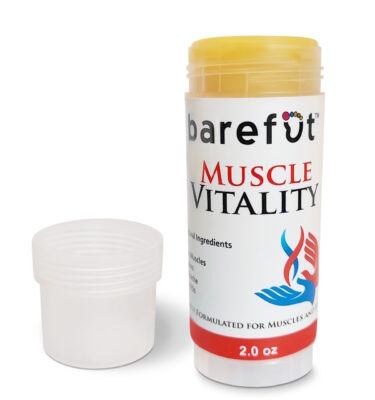
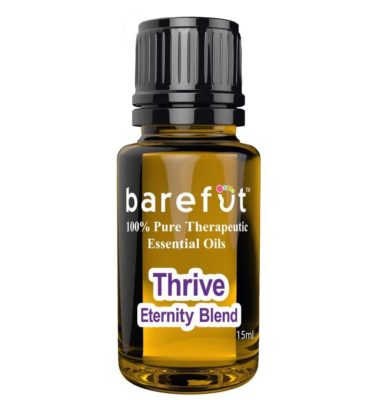

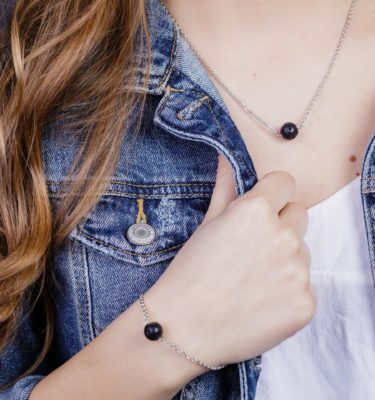
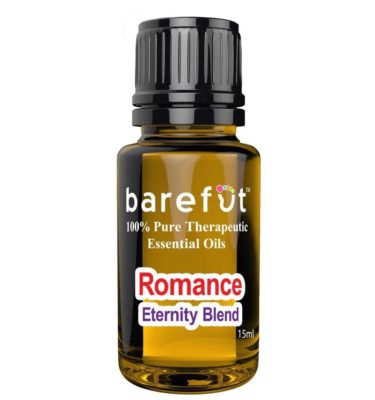
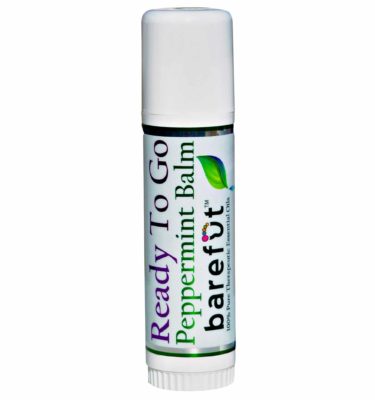
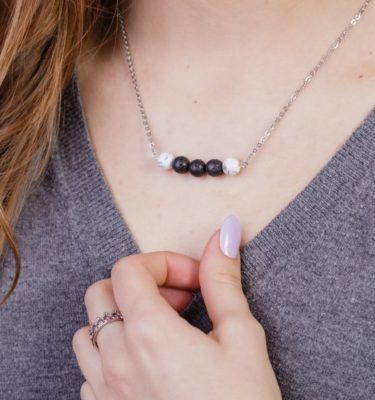
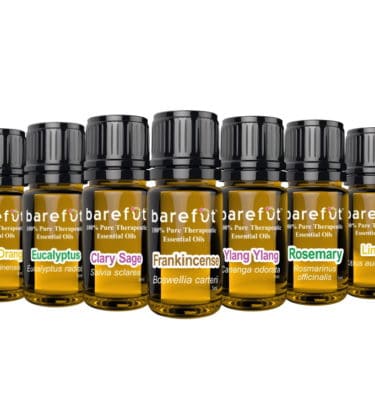
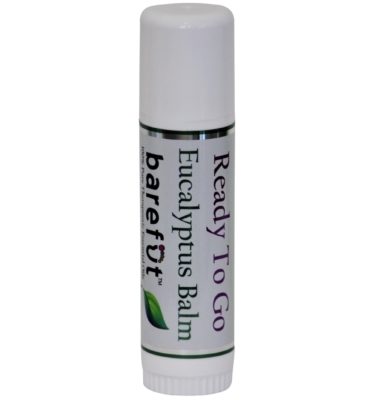
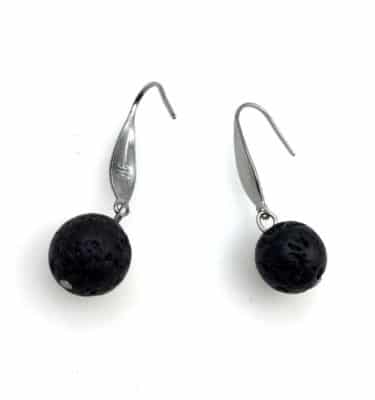
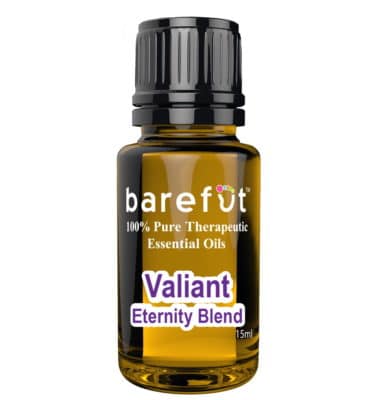
Very informative. Vital information for those of us investigating the benefits of aromatherapy and utilization of essential oils.
Thank you, i’m glad you enjoyed the article 🙂
It is so intriguing how the oils can influence the limbic system with triggering good memories. With this we just want to stay in our bodies. They keep us grounded and rooted.
The ultimate promoters of health will always be pure substance such as essential oils. They’ve been around way before any other modern day treatments. Every generation has it’s stories of their use.
Thank you for sharing your input. Keep sharing Essential Oils with the world!